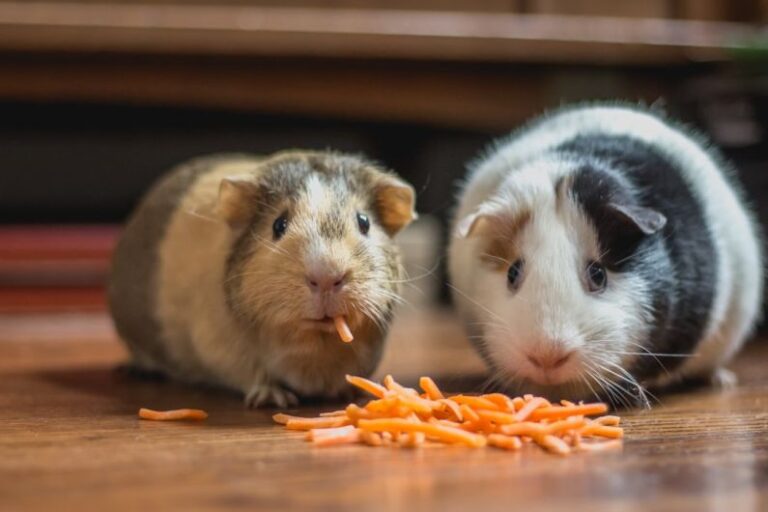
Hamsters are adorable and social creatures that can thrive when they have companionship. However, introducing hamsters to each other can be a delicate process that requires careful consideration and planning. Whether you are looking to add a new hamster to your existing furry family or introduce two hamsters for the first time, following the right steps is crucial to ensure a successful and harmonious interaction. In this article, we will explore the best practices for introducing hamsters to each other in a safe and stress-free manner.
Understanding Hamster Behavior and Social Structure
Before attempting to introduce hamsters to each other, it is essential to understand their behavior and social structure. Hamsters are territorial animals that can be quite aggressive towards unfamiliar hamsters invading their space. In the wild, hamsters are solitary creatures that prefer to live alone in their burrows. Therefore, introducing hamsters to each other goes against their natural instincts and requires a gradual and cautious approach.
Choosing the Right Hamster Pair
When selecting hamsters to introduce to each other, it is crucial to consider their gender and age. Ideally, it is best to introduce hamsters of the same gender and similar age to minimize the risk of aggression and territorial disputes. Male hamsters, in particular, can be more aggressive towards each other, so introducing two males may not always be successful. Female hamsters tend to be more tolerant of other females, making them a better choice for socializing.
Preparing the Housing Environment
Before introducing hamsters to each other, ensure that you have a suitable and spacious habitat for both hamsters. Separate cages are necessary for the initial stages of introduction to prevent any potential conflicts. It is essential to provide each hamster with its own food and water source, hiding spots, and toys to reduce competition and stress during the introduction process.
Gradual Introduction and Scent Exchange
The key to a successful introduction is to take it slow and allow the hamsters to get accustomed to each other’s presence. Start by placing the cages in close proximity to allow the hamsters to become familiar with each other’s scent. You can swap bedding or toys between the cages to facilitate scent exchange, which can help in reducing aggression during the face-to-face introduction.
Supervised Playtime
Once the hamsters show signs of curiosity and reduced aggression towards each other’s scent, you can proceed to supervised playtime in a neutral territory. Choose a neutral area outside of their cages, such as a playpen or a secure, enclosed space, for the first face-to-face interaction. Keep a close eye on the hamsters during this time and be ready to intervene if any signs of aggression or hostility arise.
Monitoring Behavior and Body Language
During the playtime sessions, observe the hamsters’ body language closely to ensure that the interaction remains peaceful. Signs of aggression include raised fur, chattering teeth, biting, and chasing. If any aggressive behavior occurs, separate the hamsters immediately and give them some time apart before attempting another introduction.
Creating a Bond through Shared Activities
To help foster a positive relationship between the hamsters, engage them in shared activities such as exploring a new maze together or providing them with treats simultaneously. These shared experiences can help the hamsters associate each other’s presence with positive experiences, strengthening their bond over time.
Establishing a Harmonious Living Arrangement
As the hamsters become more comfortable with each other’s presence and show signs of peaceful coexistence during supervised playtime, you can consider transitioning them to a shared habitat. Make sure the habitat is large enough to accommodate both hamsters comfortably and provide multiple hiding spots and resources to prevent competition and territorial disputes.
Maintaining a Peaceful Relationship
Even after successfully introducing hamsters to each other, it is essential to continue monitoring their interactions and be prepared to separate them if conflicts arise. Regularly clean and maintain their habitat to prevent territorial marking and aggression. Additionally, provide mental and physical stimulation through toys, tunnels, and exercise wheels to keep the hamsters happy and engaged.
In conclusion, introducing hamsters to each other requires patience, observation, and a thoughtful approach. By understanding hamster behavior, choosing the right hamster pair, and following a gradual introduction process, you can help your hamsters form a harmonious relationship and enjoy each other’s company. Remember to prioritize the well-being and safety of your furry friends throughout the introduction process and beyond. With proper care and attention, your hamsters can thrive in a social environment and bring joy to your home.





